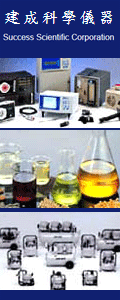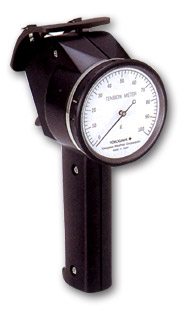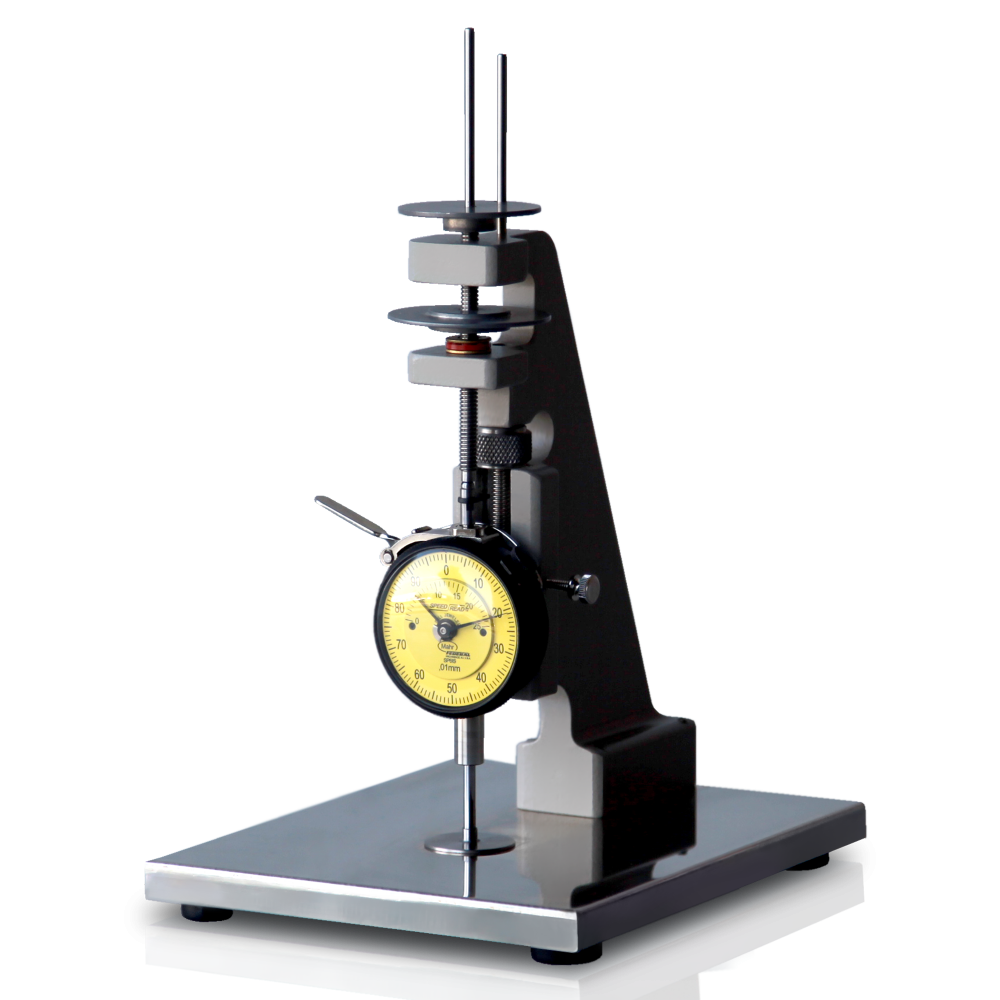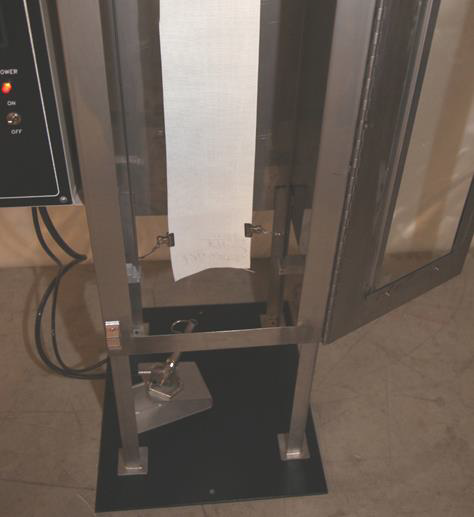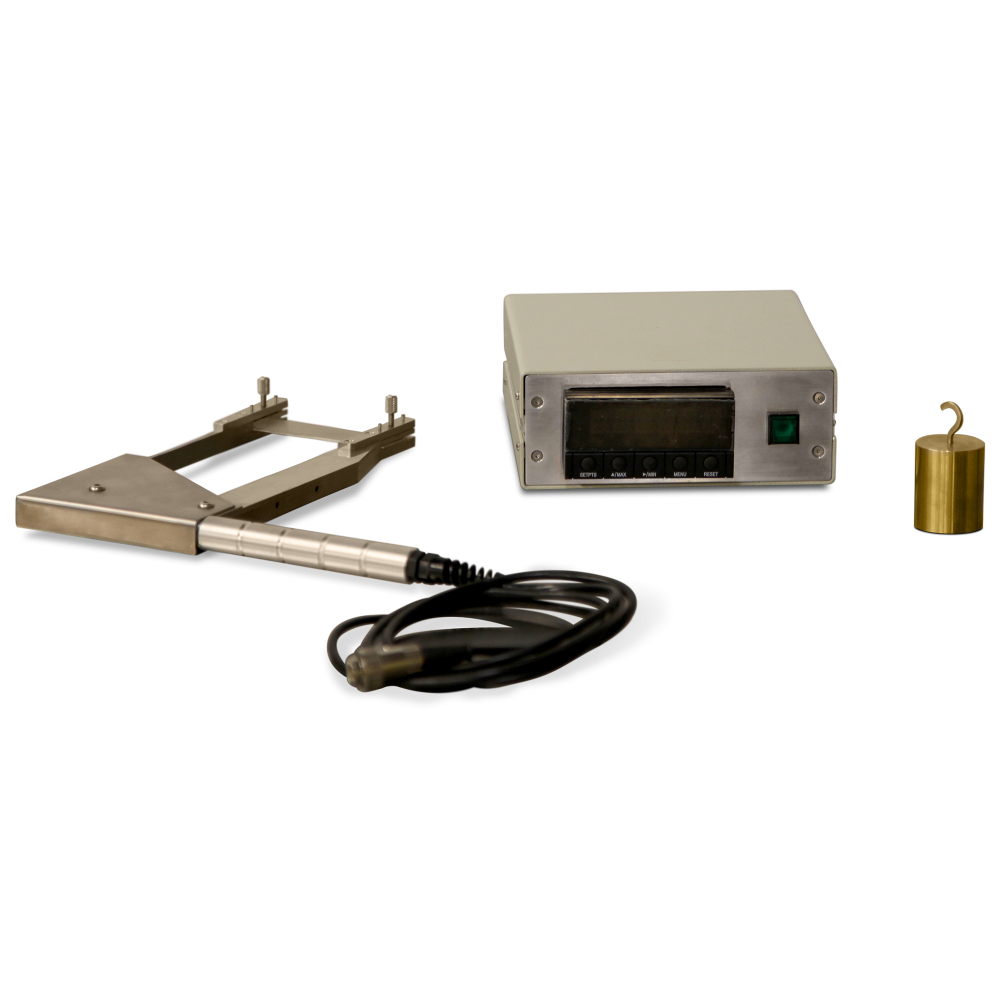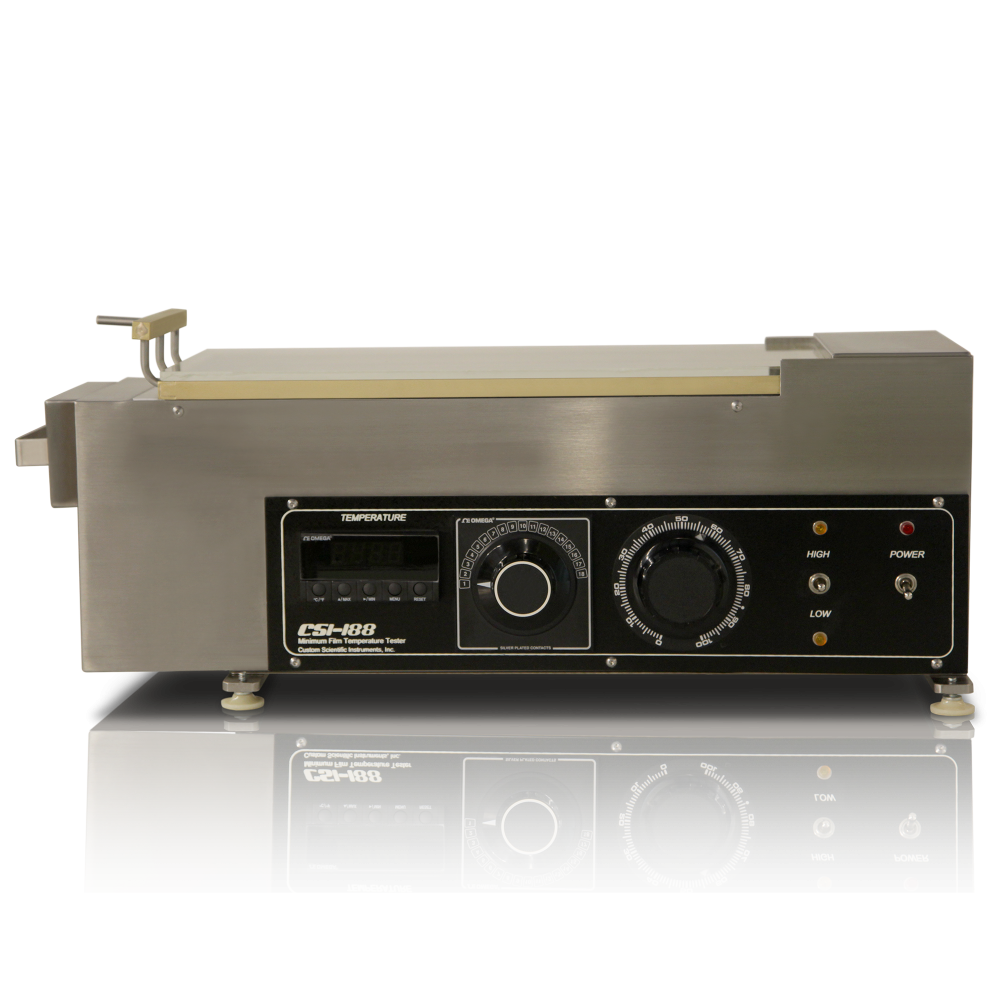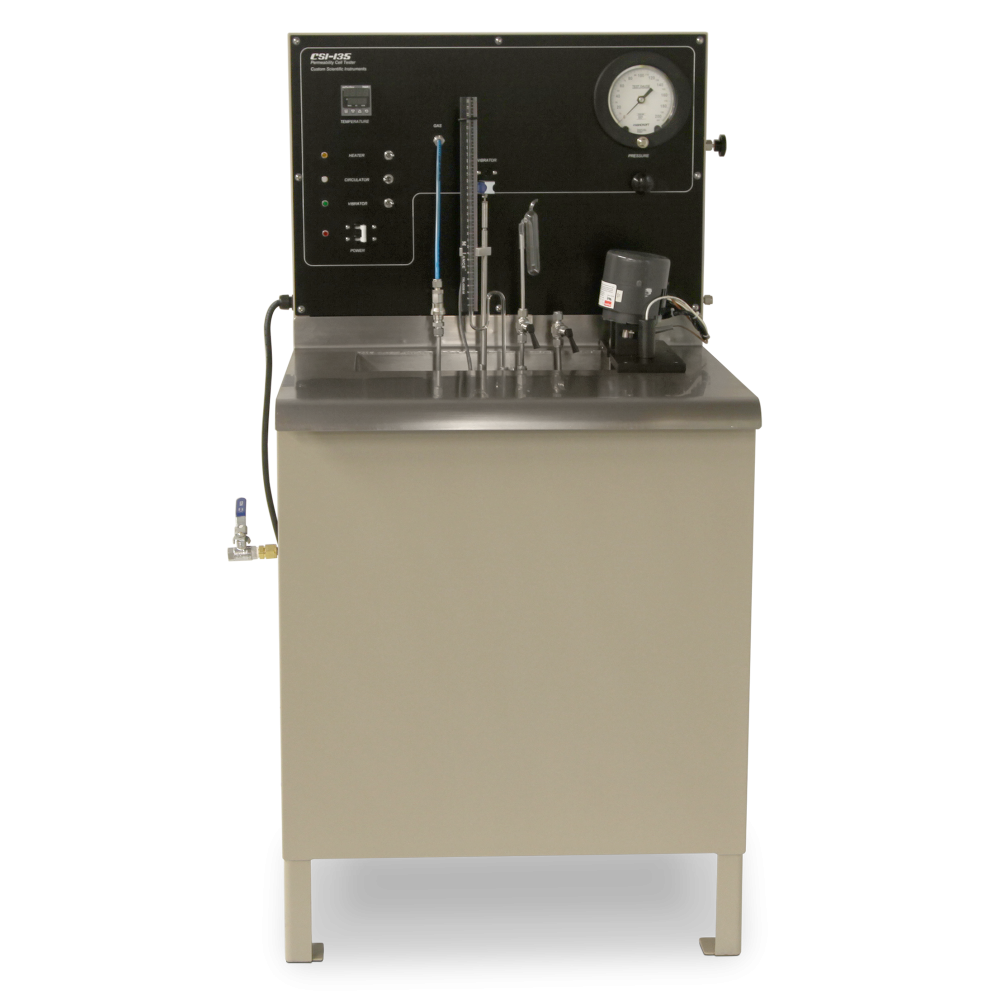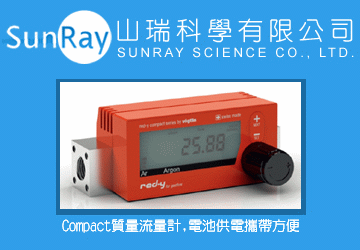9000 標準濕度產生機 (濕度校正箱)
9000
標準濕度產生機 (濕度校正箱)
Humidity Generator
廠牌:RH Systems/U.S.A.
供應商:建成科學儀器股份有限公司
聯絡電話:02-29103818
| 快速詢價 |
‧測試範圍: 5% ~ 99% 相對濕度, 0.04 ~ 12,000 PPMv, -35 ~ +69.7°C. 露點溫度.
‧解析度: 0.01% RH., 準確性: ±0.3% RH.
‧實驗箱內尺寸: 12" x 12" x 12" (305 mm x 305 mm x 305 mm).
‧實驗箱內壓力: Ambient to 20 psiA.
‧全自動控制使用者所設定的測試值. 自動操作軟體 ControLogTM.
‧全電腦化自動轉換校正功能. PC-104 bus, IEEE-488 interface.
Thunder Model 9000 Humidity Generator /
‧Traceable to NIST
‧Accuracy ±0.3% RH
‧High Flow Capability
‧Based on NIST Proven Two-Pressure Principle
‧Generate: RH, DP, FP, PPM, Multipoint Profiles
‧Computerized Internal Transducer Calibration
‧Computes System Uncertainties in Real Time
‧Automatically Applies Enhancement Factors
‧ControLog(TM) Automation Software
The Model 9000 Humidity Generator produces extremely accurate humidity values using the fundamental, NIST proven, "two-pressure" principle. The Model 9000 will automatically supply relative humidity, dew point, frost point, ppm, or other calculated values for instrument calibration and evaluation as well as precision environmental testing. This system will automatically generate multipoint profiles as well as manually entered humidity levels, while continuously storing and printing system data.
Virtually all functions of the Model 9000 humidity generator are computer controlled. All desired humidities, temperatures, test pressures, and time intervals may be programmed. Visual indications of system status are displayed in real time on the computer monitor. The automated features of the Model 9000 allow the generation of known humidity levels completely unattended for hours or even days. This frees the operating technician from the task of system monitoring and adjustment.
General Information
The "two-pressure" humidity generation process involves saturating air or nitrogen with water vapor at a known temperature and pressure. The saturated high pressure air flows from the saturator, through a pressure reducing valve, where the air is isothermally reduced to test pressure at test temperature. Humidity generation by the 9000 does not depend upon measuring the amount of water vapor in the air, but rather is dependent on the measurements of temperature and pressure alone. System precision is determined by temperature and pressure measurement accuracy, and on the constancy of the measurements throughout. When setpoint equilibration has been reached, the indication of saturation temperature, saturation pressure, test temperature, and test pressure, may be used in the determination of all hygrometric parameters.
Computer / Control System
The Computer/Control System performs all control functions required for humidity generation, as well as displaying, printing, and storing system parameters in real time. The computer/controller is made up of several main components, each with individual yet cooperative functions. The Computer/Control System utilizes a Windows based computer system, consisting of a 5x86 @133MHz CPU, flat panel VGA color liquid crystal display with built-in touch screen, PC-104 bus, IEEE-488 interface, keyboard, cables, 16+ MB DRAM, 500+ MB hard disk, 3.5" floppy disc drive, power supply, HP-IB interface, and our new ControLog TM software. The computer system communicates with an HP3852A data acquisition/control system that consists of an integrating 5-1/2 digit volt/ohmmeter employing: multiplexed inputs to read transducers and PRTs; digital outputs for control of temperatures, pressures, and mass flow; and relay outputs for control of system power, heaters, compressor and circulation pump.
Temperature Controlled Bath: The 9000 humidity generating system incorporates a computer controlled temperature bath. Bath temperature is digitally controlled by the computer at any value between 0°C and 70°C using PID (proportional-integral-derivative) algorithms. The test chamber, saturators, heat exchangers, and connecting tubing are immersed in approximately 20 gallons of distilled water that is circulated at the rate of 50 gallons per minute by a magnetically coupled centrifugal pump. Fast fluid circulation provides the temperature conditioning of these components, resulting in long term bath stability and uniformity. This allows a very stable humidity to be generated.
Pressure And Flow Control: Pressure control and mass flow control are accomplished through computer actuation of electromechanical valve assemblies. Saturation pressure, chamber pressure, and mass flow are measured continuously and controlled using PID algorithms similar to those employed in temperature control.
Calibration: Proper calibration of the temperature and pressure transducers ultimately determines the accuracy of the generator. The 9000 employs an integral programmatic calibration scheme allowing the transducers to be calibrated while they are electrically connected to the humidity generator. Coefficients for each transducer are calculated by the computer and stored to memory.
Test Chamber
The 9000 humidity generating system incorporates a completely immersed test chamber, with internal dimensions of 12" x12" x12" (305 mm x 305 mm x 305 mm). Test chamber pressure range is ambient to 20 psiA. The main chamber cover is removable utilizing quick release hold downs. Removal of the chamber cover allows a full 12 inch by 12 inch (305 mm x 305 mm) access to the test space. Access is also available through two 3.65" (93 mm) diameter ports in the chamber cover or two 1.125" (28.6 mm) inside diameter port cover adapters.
Applications for Use
The test chamber can accommodate various solid state sensors, chilled mirror hygrometers, psychrometers, hygrothermographs, and material samples for environmental testing. Virtually any humidity and temperature may be generated, for any length of time, within the operational limits of the generator. The output or recording of the device under test may then be compared with the generators printed data for analysis.
Chilled Mirror Hygrometers: Install the actual chilled mirror head into the chamber or insert a sample tube through the test port and draw a sample through the chilled mirror head and you can: verify mirror temperature measurement accuracy (calibration) when the hygrometer is in thermal equilibrium with its environment; perform operational checks of the heatpump and optical components before and after mirror cleaning and balancing; determine whether the hygrometer is controlling the mirror deposit in the liquid phase or ice phase when operating at dew and frost points below 0°C; determine if the hygrometer is correctly calculating other humidity parameters; determine hygrometers repeatability, stability, and drift characteristics.
Humidity Sensors And Chart Recorders: Insert your humidity probes through a test port in the chamber or install the hygrothermograph into the chamber and you can: determine humidity calibration accuracy and/or characterize humidity sensitivity by subjecting the humidity sensor to a variety of humidity levels; perform operational checks such as the sensing systems capability to correctly calc



















